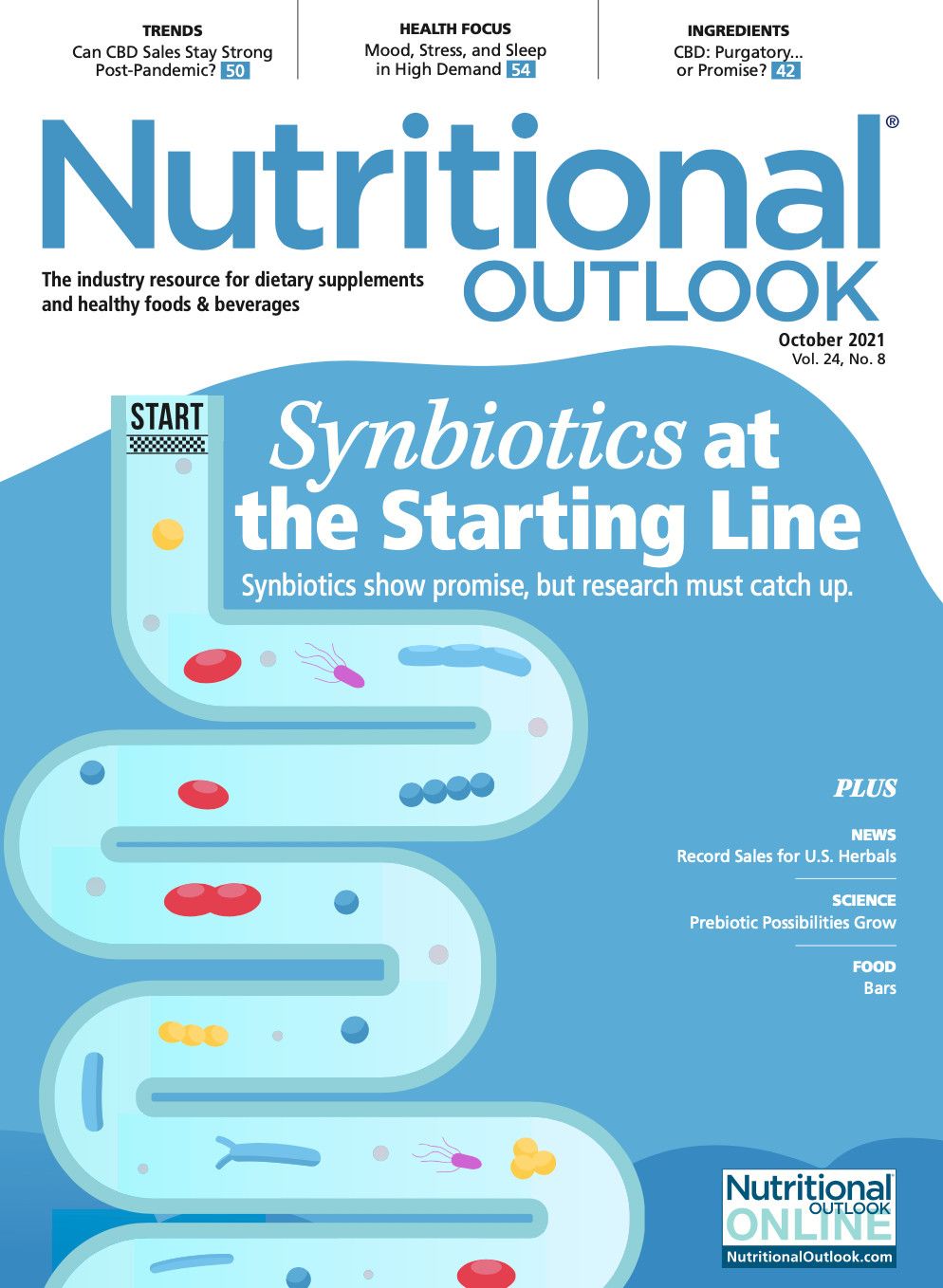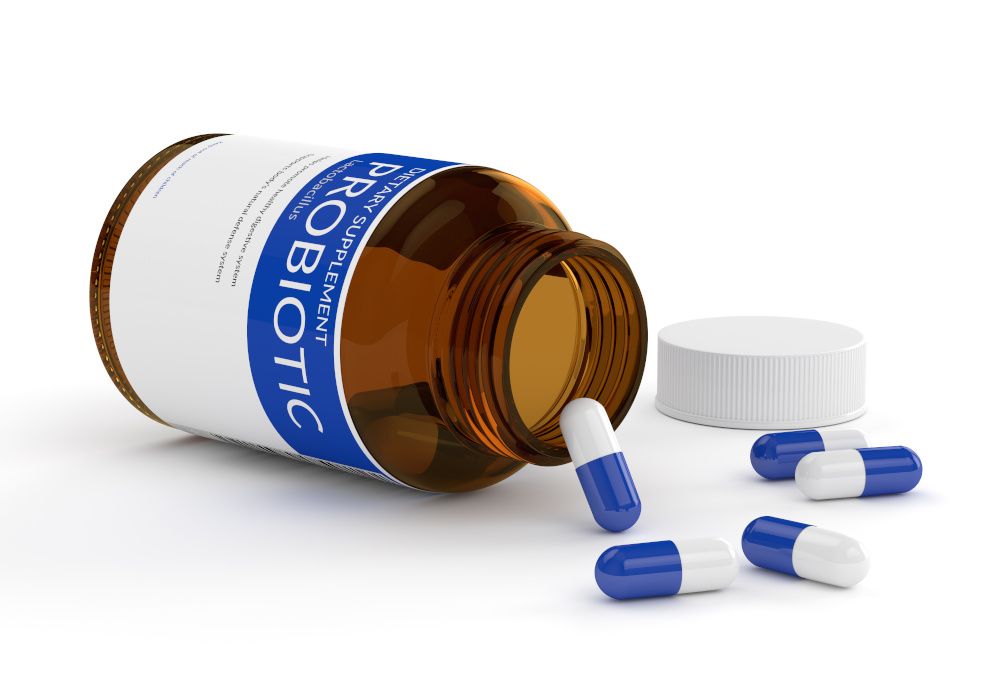Growing probiotic market credibility requires more transparency and specificity, experts say
More labeling transparency, strain specificity, and research is needed to strengthen the evidence linking probiotics with health benefits, said two experts at the Consumer Healthcare Products Association’s Regulatory, Scientific & Quality Conference last week.
Probiotics are poised for growing consumer buy-in, but future changes are needed to strengthen the case linking them with proven health benefits. Those changes include the need for increased label transparency, strain specificity, and research, said two probiotic experts who spoke at a September 9 webcast during last week’s Consumer Healthcare Products Association’s (CHPA; Washington, DC) virtual 2021 Regulatory, Scientific & Quality Conference.
What Don’t We Know?
There’s still a lot researchers don’t know about how precisely probiotics change the actual structure of human microbiota, or their mechanism of action, said webcast speaker Mary Ellen Sanders, PhD, consultant for Dairy & Food Culture Technologies. In fact, she said, we don’t even know for sure what a healthy microbiota composition ideally should look like.
“[E]xperts have not been successful in defining the composition of a healthy microbiota, so that means that even if we could use probiotics to change the microbiota, we don’t really know what the target for the healthy microbiota really is,” she said. “We don’t necessarily understand what we would want to turn that microbiota into to provide a healthier expression in a human.”
What we can observe is changes probiotics have on microbiota function, she said. “[R]esearchers are now starting to emphasize a little less the composition of the microbes and focusing more on the microbiota function and what the function of the microbes might mean. And so, studies on probiotics and their impact on microbiota function very well likely may be more important and potentially more fruitful in understanding the ability of probiotics to have an overall impact on the microbiota.”
In other words, “the evidence of the health benefit is probably more important than demonstrating the microbiota-mediated mechanism for a probiotic intervention, because it’s going to be more important to understand that probiotics can do something for the health of a person than to understand the mechanisms behind it,” she stated.
In the research realm, there’s still a need for more well-conducted, randomized controlled trials. Researchers also need to understand the reasons why some individuals respond one way to a probiotic intervention and others respond differently. “We don’t have a very good sense right now of what drives responders and non-responders to probiotics,” Sanders said. Individual characteristics may impact the effect of a probiotic supplement, including host genetics, diet, baseline microbiota state, and a person’s current physiology, not to mention the unique properties of the supplement itself, including its delivery vehicle and manufacturing conditions.
Dosage and strain are obviously unique determinants of how a probiotic will impact an individual. The same dosage is not right for everyone, and there is a wide range of product dosages on the market, Sanders said. At the least, the dosage should match the dose that was studied in the clinical trial showing a health benefit.
All of these things need to improve to make the evidence backing probiotics’ benefits stronger, she said.
More Transparency, Specificity
In addition, said Sanders, “We need to have a better sense of what specific strains and doses are best for what conditions...” Part of what will help is if probiotic product makers are more transparent about which microbial strains are in their products and at what dose. Consumers need that information to understand if a product’s composition matches what was studied in a proven trial. All this will boost the category’s credibility. After all, if a consumer believes a certain product will help their health condition when in fact the strain in the product is ineffective for that target, they won’t be pleased.
Unfortunately, said Sanders, the product labels on the market “sometimes don’t provide sufficient information.” In fact, she said, two surveys she helped conduct of commercial probiotic products on the market found “that fewer than half of the dietary supplement products that were on the market could be linked to any evidence of a health benefit. And, in most cases, that was because about half of these products or fewer than that actually don’t provide strain designations—and, as I mentioned, without a strain designation, you cannot track down the particular papers that have been published that document health effects.”
Moreover, she noted, “the products not only didn’t include strain designations, but in this case, half the products did not list colony-forming units at the end of shelf life; many were labeled as ‘at time of manufacture.’ And so those were real deficiencies in probiotic supplement labels.”
Sanders urged, industry wide, that manufacturers include information such as the genus and species and strain, the product’s potency (the colony-forming units, or CFUs, present through the end of shelf life, not simply at the time of manufacture), an explanation (when possible) of a health benefit, as well as storage and other conditions for use.
Interestingly, she noted, the labels for probiotic foods on the market fared slightly better in the market study she helped conduct, which found that out of 45 probiotic foods, 22 listed strain designations and unit-dose listings in CFUs. “What it showed, too, was that of the 22 products that did list strain designations, they could all be linked to evidence,” Sanders said. “That suggests that the probiotic foods that are on the market in the U.S., that if you find one that has a strain designation on it, chances are you’re looking at a product that also has papers published to show that it has some health benefit.”
Education and Outreach
Continuing education is key to teaching consumers and healthcare practitioners about the benefits linked to probiotics, said webcast speaker George Paraskevakos, executive director of the International Probiotics Association (IPA). Last year, his organization conducted an extensive media outreach campaign and continues to create probiotic-information resources for healthcare professionals and consumers. The association also recently created what it says is the first-ever probiotics university course in the U.S., with more details to be shared soon.
Within the industry, IPA also continues educating about probiotics, including on global regulations and best practices for manufacturing and labeling. IPA has also taken an active role in petitioning FDA to make CFUs the official unit of measure for probiotic labels in the U.S. and to specify probiotics in the legal definition of a dietary ingredient.
IPA also promotes harmonizing probiotic definitions around the world to overcome “regulatory divergence,” which will reduce confusion and create a smoother path for probiotics. For instance, the official definition of a probiotic established by the World Health Organization and the Food and Agriculture Organization of the United Nations, while accepted by many countries, has “been interpreted by different government agencies around the world in a very different way.” Paraskevakos said that “depending on which country you are in or which country you want to commercialize in, probiotics can be in foods, probiotics can be supplements, they can be medical devices, they can be drugs. The benefits that can be reported are either generic or very specific or therapeutic.”
On a global scale, it will also be important for countries to address quality factors like safety, enumeration, and reproducibility, he said. “These are all things that are very important to a government to be able to regulate these types of products, including probiotics in their country.”
Future Potential
Addressing global industry gaps will be important in ensuring the probiotics market continues to thrive. More consumers are interested in probiotics, and probiotic sales grew during the COVID-19 pandemic, Paraskevakos pointed out. He noted statistics showing that the global probiotics dietary supplement market alone grew 10% last year, with the overall global probiotics market (including supplements, food, and yogurt/milks) logging $47.4 billion in retail sales in 2020. Top markets include the U.S. and China. More millennials and men are purchasing probiotic products than ever before, meaning the audience has a lot of room to grow. Online, probiotics, by revenue rank, are the top-selling vitamin/mineral/supplement category on Amazon.com.
“Probiotics are growing at a very nice rate,” Paraskevakos said. “They’re still trending upwards—maybe not the fastest top-growing market, but it is a very high growth rate just the same.”
Looking forward, Sanders pointed to emerging probiotic research areas that seem promising. These include brain health (for stress, anxiety, and symptoms of depression), metabolic health (including reducing body weight, managing blood pressure, and managing blood lipids and glycemic levels), skin and vaginal health, and oral health.
“The take-home message here is that probiotics have some compelling health benefits, and I think there’s a really bright future for probiotics; however, there is a need for improved labels on probiotic products” to drive those benefits home, she concluded.



























